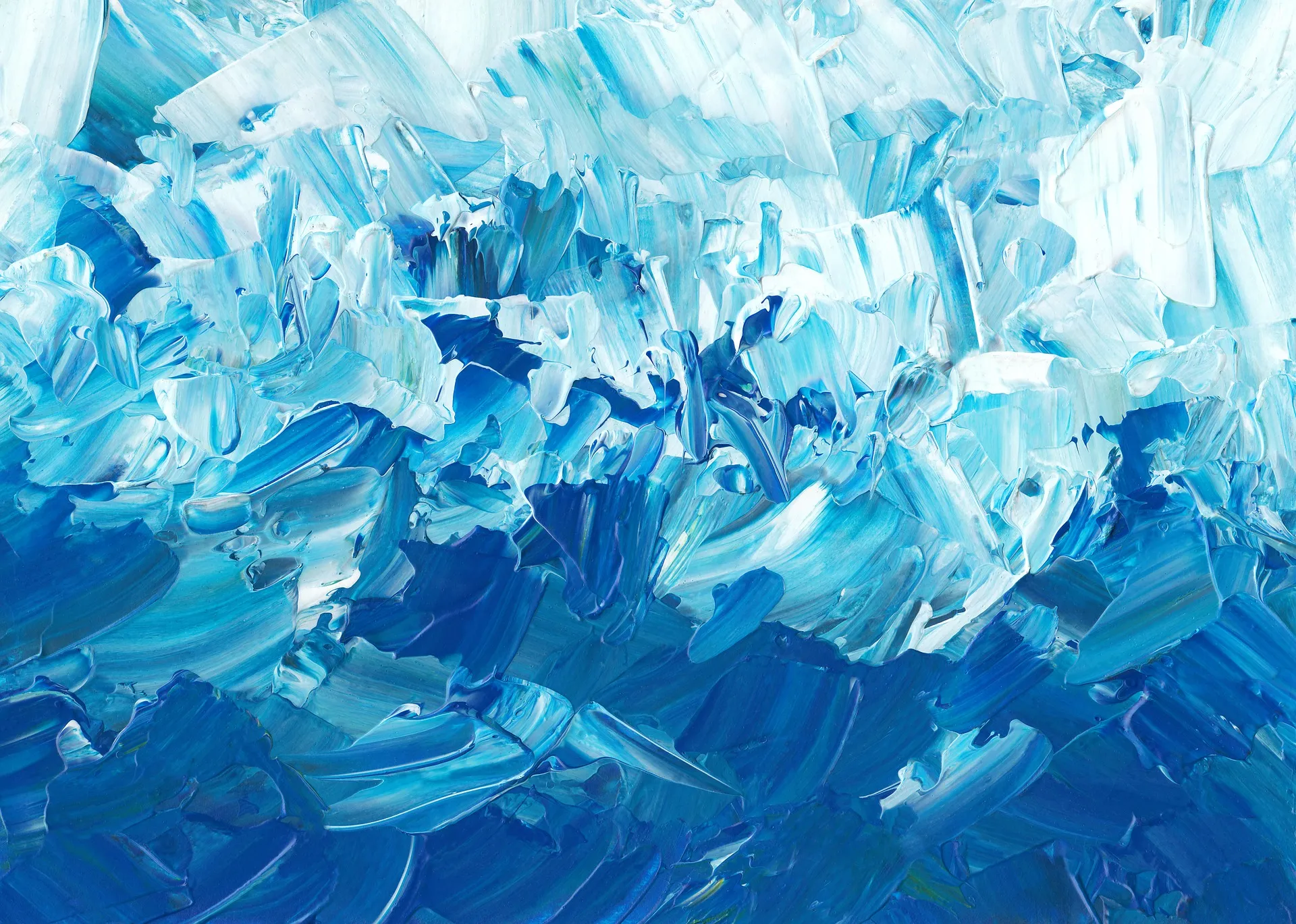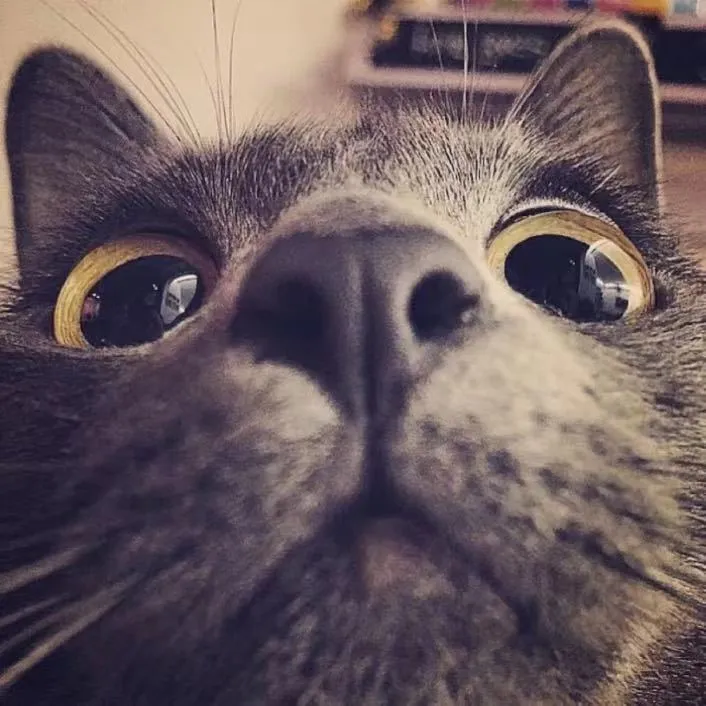在 Flutter 渲染的过程中,有一步是 paint,实现将 RenderObject 绘制到画布上,那画布是谁呢?
随便找一个 RenderObject 实现类,在 paint 方法中我们发现是用 PaintContext.canvas 进行绘制和处理
@override
void paint(PaintingContext context, Offset offset) {
...
context.canvas.save();
...
context.canvas.drawRect(Offset.zero & size, paint);
context.canvas.restore();
}
}
PaintContext 是什么?它怎么会持有 canvas,最终又画到哪里了呢? 带着这些问题,我们接着往下看
首先打开 rendering/object.dart 这个文件,找到 PaintContext 的所在地 构造方法:
PaintingContext(this._containerLayer, this.estimatedBounds)
我们看到它包含一个 _containerLayer 和一个 estimatedBounds,一个听起来像图层(就像是 PS 中的图层),一个像是边界约束,先不深究
上面的 paint 方法用到了 PaintingContext.canvas,马上去找出这个熟悉的又陌生的 canvas,遗憾的是 canvas 不在 PaintingContext 类,继续向上寻找:ClipContext 果然在这里找到了:
Canvas get canvas;
虽然在这里声明的,但初始化却不在这里,唉,还是回头找吧,在 PaintingContext 类中,我们发现了它的创造地:
@override
Canvas get canvas {
if (_canvas == null)
_startRecording();
return _canvas;
}
void _startRecording() {
assert(!_isRecording);
// 在这里,先根据边界创建一个 PictureLayer
_currentLayer = PictureLayer(estimatedBounds);
// 创建一个叫 PictureRecorder 的东西,现在还不知道是什么
_recorder = ui.PictureRecorder();
// 在这里创建了 Canvas
_canvas = Canvas(_recorder);
// 最后我们再把 PictureLayer 添加到构造函数传进来的 _currentLayer 中,作为它的子 layer
_containerLayer.append(_currentLayer);
}
记得在 Android 中创建
Canvas传入的是Bitmap,那这里的 PictureRecorder 应该也有类似的功能吧
先看一下 PictureRecorder 这个东东
class PictureRecorder extends NativeFieldWrapperClass2 {
@pragma('vm:entry-point')
PictureRecorder() { _constructor(); }
void _constructor() native 'PictureRecorder_constructor';
bool get isRecording native 'PictureRecorder_isRecording';
Picture endRecording() native 'PictureRecorder_endRecording'; // 注意这里返回一个 Picture 对象
}
这个类好生简单,就三个方法,并且都是 native 方法,俺看不懂也懒得看对应的 native 方法,所以猜一下:
- 可能1:PictureRecorder 应该是开辟了一块内存区域,将来的 Canvas 绘制将会在这块内存中
- 可能2:PictureRecorder 对应 Skia 引擎的一个处理图像的类,Canvas 的操作映射到 Skia
接下来我们慢慢通过观察其他类的表现,从侧面证明这种猜想。
先看一下 PictureRecorder.endRecording 方法返回的对象 Picture:
class Picture extends NativeFieldWrapperClass2 {
Future<Image> toImage(int width, int height) {
return _futurize(
(_Callback<Image> callback) => _toImage(width, height, callback)
);
}
String _toImage(int width, int height, _Callback<Image> callback) native 'Picture_toImage';
...
}
注释有一句:An object representing a sequence of recorded graphical operations. 意思是:记录一些图形操作的类,现在对他的了解就是酱紫
再看一下 Canvas,Canvas 基本也是一个 native 的代理类:
void _drawLine(double x1,
double y1,
double x2,
double y2,
List<dynamic> paintObjects,
ByteData paintData) native 'Canvas_drawLine';
void _drawRect(double left,
double top,
double right,
double bottom,
List<dynamic> paintObjects,
ByteData paintData) native 'Canvas_drawRect';
void _drawCircle(double x,
double y,
double radius,
List<dynamic> paintObjects,
ByteData paintData) native 'Canvas_drawCircle';
想象也可以理解,如果直接用 Dart 画几何图形,那就不会用 Skia 二维图形引擎了
OK,基本元素了解的差不多了,捋一下他们之间的关系:
- PictureLayer 是图层,这里就当它是张桌子吧
- Canvas 是画笔
- PictureRecorder 就像是画纸
- Picture 是画,它是 canvas 在 PictureRecorder 上的记录
- PaintingContext 则像是一个画室,把这些东西放在一起
那在 Flutter 中具体怎么一个流程呢,还是以 Text 为例:
- VSync 信号来的时候执行了
drawFrame方法其中触发了pipelineOwner.flushPaint()和renderView.compositeFrame()方法 - 先看
flushPaint()方法,所有标记(markNeedsPaint)需要绘制的 RenderObject 都进行如下判断:
void flushPaint() {
try {
final List<RenderObject> dirtyNodes = _nodesNeedingPaint;
_nodesNeedingPaint = <RenderObject>[];
// Sort the dirty nodes in reverse order (deepest first).
for (RenderObject node in dirtyNodes..sort((RenderObject a, RenderObject b) => b.depth - a.depth)) {
// 这里就是标记为需要重绘
if (node._needsPaint && node.owner == this) {
// 这里又是什么意思?
if (node._layer.attached) {
PaintingContext.repaintCompositedChild(node);
} else {
node._skippedPaintingOnLayer();
}
}
}
}
}
attached 的判断条件是:
bool get attached => _owner != null;
也就是这个 Layer 和 PipelineOwner 绑定了的意思,表示该 Layer 参与构建 如果条件成立,则执行 PaintingContext.repaintCompositedChild(node);
然后一系列调用到
child._paintWithContext(childContext, Offset.zero);
PaintingContext.stopRecordingIfNeeded();
其中 _paintWithContext 会调用 RenderObject.paint 方法,在 paint 方法中利用 canvas开始绘制自己内容,这里由于文字比较特殊,使用了 TextPainter 进行绘制的,此时如果发现 canvas 是空的,则构建一个新的 canvas 和对应的 PictureLayer 和 PictureRecorder,canvas 所有绘制的内容都被保存到 PictureRecorder 中
注意:此时
PictureLayer和PictureRecorder还没有关联
_paintWithContext 完成后马上调用了 stopRecordingIfNeeded:
void stopRecordingIfNeeded() {
if (!_isRecording)
return;
_currentLayer.picture = _recorder.endRecording(); // 将 Picture 赋值给 _currentLayer
_currentLayer = null;
_recorder = null;
_canvas = null;
}
这个方法主要作用是:停止绘制,获取当前画布(PictureRecorder)中的内容 Picture 赋值给 _currentLayer,其他参数清零,其中最重要的是把 Picture 赋值给 _currentLayer,而 _currentLayer 就是 PictureLayer
此时 pipelineOwner.flushPaint() 的工作总算完成了,马上执行的是 renderView.compositeFrame():
void compositeFrame() {
final ui.SceneBuilder builder = ui.SceneBuilder();
final ui.Scene scene = layer.buildScene(builder);
if (automaticSystemUiAdjustment)
_updateSystemChrome();
_window.render(scene);
scene.dispose();
}
其中主要方法在 layer.buildScene(builder); 中:
ui.Scene buildScene(ui.SceneBuilder builder) {
List<PictureLayer> temporaryLayers;
updateSubtreeNeedsAddToScene();
// 看这里
addToScene(builder);
final ui.Scene scene = builder.build();
return true;
}());
return scene;
}
@override
ui.EngineLayer addToScene(ui.SceneBuilder builder, [ Offset layerOffset = Offset.zero ]) {
final ui.EngineLayer engineLayer = builder.pushOffset(layerOffset.dx + offset.dx, layerOffset.dy + offset.dy);
addChildrenToScene(builder);
builder.pop();
return engineLayer;
}
// PictureLayer.addToSence
@override
ui.EngineLayer addToScene(ui.SceneBuilder builder, [ Offset layerOffset = Offset.zero ]) {
// 看这里看这里,终于把 picture 添加到 builder 中了
builder.addPicture(layerOffset, picture, isComplexHint: isComplexHint, willChangeHint: willChangeHint);
return null; // this does not return an engine layer yet.
}
最后 _window.render(scene); 将 scene 发送给 native 进行显示

